
Appliance Export Certification for US & Europe: How to?
A new regulation from the U.S. Department of Commerce has caused sleepless nights for countless appliance exporters: starting June 23, 2025, import tariffs on appliances containing steel components will skyrocket to 50%! With soaring costs and shrinking orders, should exporters brace themselves to endure the U.S. market or shift focus to Europe? More importantly:
Can FCC certification substitute for CE certification? Why are the testing standards so different?
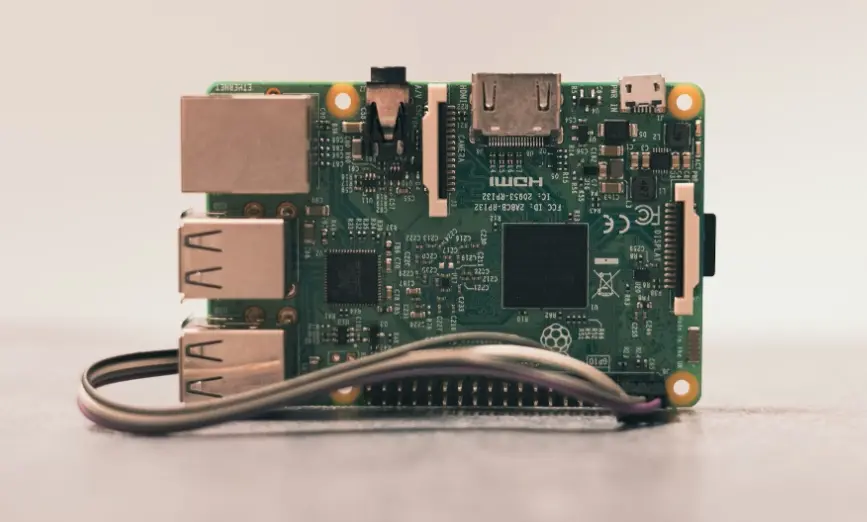
1. Impact of the New U.S. Tariff Policy
From June 23, 2025, tariffs on appliances with steel parts will surge to 50%, drastically increasing export costs!
2. Key Certification Guide
Understanding U.S. certifications like FCC, UL, DOE to avoid costly pitfalls.
3. Strategies for the European Market
CE certification vs. FCC certification: why they are not interchangeable and how to efficiently switch markets.
4. Data Insights
In 2024, China’s appliance exports to the U.S. exceeded \$20 billion, with over 30% of companies impacted by the new rule.
> "Tariffs are the threshold, certification is the key; without the right key, no matter how big the market is, you can’t get in!"
U.S. Tariff Shock: Who Is Most Affected?
a. Cost Surge:For example, a \$200 microwave’s tariff jumps from 10% to 50%, adding \$80 in costs!
b. Supply Chain Disruption:Over 30% of domestic appliance exporters depend on steel parts, which are hard to replace quickly.
c. Higher Certification Barriers:Even if companies pay tariffs, products without FCC, UL, DOE certifications cannot enter the U.S.
Must-Have Certifications for Exporting to the U.S.
1. FCC Certification (Mandatory):Covers electromagnetic compatibility (EMC) to ensure no interference with other devices.
2. UL certification (Non-mandatory but Crucial):Safety standards required by major retailers like Walmart and Amazon.
3. DOE Energy Efficiency Certification:Required for major appliances like refrigerators and air conditioners to meet U.S. energy standards.
4. CEC Certification (California Specific):Stricter than DOE; mandatory for entering the California market.
> Note:With new tariffs, U.S. customs may intensify inspections. Incomplete certifications may lead to goods being held.
Why U.S. Certifications Cannot Replace EU CE Certification
1. Different EMC Testing Scope and Standards
Lack of EMS Testing:
FCC certification only addresses electromagnetic interference (EMI) emitted by the product, without testing electromagnetic susceptibility (EMS) such as resistance to static discharge or radio frequency interference. In contrast, CE EMC directives require EMS testing (per EN 55014-2). For example, appliances in the EU must pass tests for electrostatic discharge (ESD) and RF immunity, which FCC does not cover.
2. CE Certification Includes Key Areas Not Covered by FCC
Electrical Safety (LVD):
FCC does not cover electrical safety tests like withstand voltage, grounding continuity, or electric shock protection. CE’s low voltage directive (LVD) mandates compliance with EN 60335 safety standards, essential for entering the EU market. For example, refrigerator insulation materials and wiring must pass LVD safety tests; otherwise, even emc compliance won’t suffice for CE approval.
Restricted Substances (RoHS):
The U.S. limits harmful substances (like lead and mercury) through state laws (e.g., California Proposition 65) or industry standards, but the EU’s RoHS Directive (2011/65/EU) is mandatory and requires material testing reports. FCC certification does not cover ROHS Testing.
Energy Efficiency & Other Directives:
EU energy regulations (erp directive) for appliances like ACs and refrigerators require energy labeling, while U.S. energy standards (e.g., ENERGY STAR) are voluntary and not interchangeable with CE’s mandatory requirements.
3. Possible Reference Value of Some Test Results
Although FCC certification cannot replace ce testing, FCC test results may serve as partial references to reduce duplicate testing:
emi test Data Comparison:
If FCC EMI results far exceed limits, companies can consult CE labs to assess whether FCC data can partially validate compliance; final tests must still be conducted to EN standards with proper reports.
RF Compliance for Wireless Modules:
For appliances with Wi-Fi or Bluetooth, FCC’s radio frequency tests (power, band usage) can inform CE’s RED (Radio Equipment Directive) compliance, but EU-specific tests (band coverage, immunity) are additionally required.
4. Correct Procedure: Complete CE Certification Independently
a. Recommended Process:Even with FCC certification, samples must be sent to EU-recognized labs for full EMC (EMI + EMS), LVD, rohs testing under CE directives.
b. Separate Technical Files:CE documentation must be independently prepared, including referenced standards, test reports, and risk assessments—not merely reused from FCC files.
Coping Strategies
1. Plan CE certification early to avoid last-minute rushes.
2. Leverage IEC standards harmonization to reuse some tests, saving time and cost.
3. Work with authorized EU labs to accelerate approval from 3 months to 1 month!
Summary
The U.S. tariff hammer strikes hard while Europe raises its market entry bar, but every crisis brings opportunity:
> “Certification is the passport for global business — without it, you can’t move forward; with it, the world is wide open.”
What companies should do now:
1. Assess supply chains to reduce steel dependency or seek tariff exemptions.
2. Pursue dual certification strategies (FCC + CE) for flexible market access.
3. Seize the opportunity with Europe’s new green regulations coming in 2025 — early certification means early benefits!
Email:hello@jjrlab.com
Write your message here and send it to us
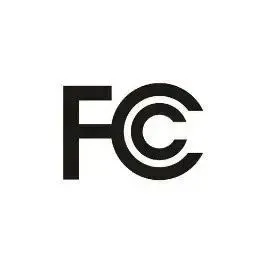 FCC Certification for Automatic Parking Radar Sens
FCC Certification for Automatic Parking Radar Sens
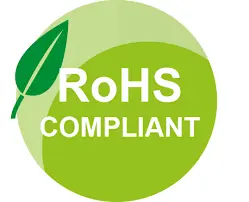 Temu Europe Station CE-RoHS Compliance
Temu Europe Station CE-RoHS Compliance
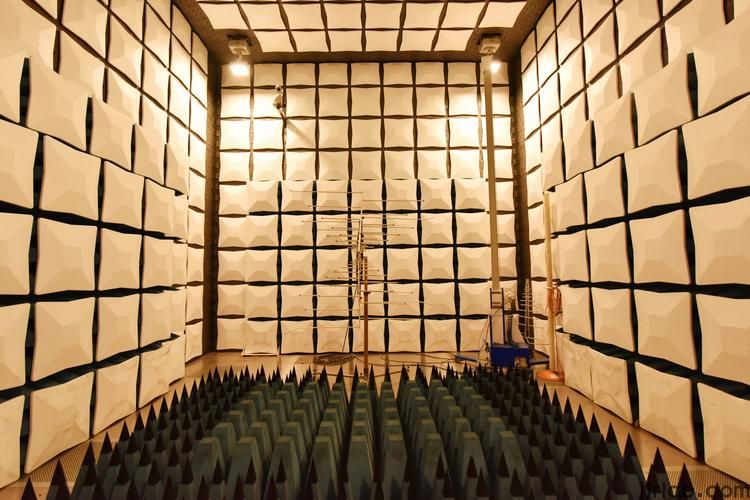 FCC ID Certification and SDoC Compliance
FCC ID Certification and SDoC Compliance
 Export Certification and Compliance for Lighting F
Export Certification and Compliance for Lighting F
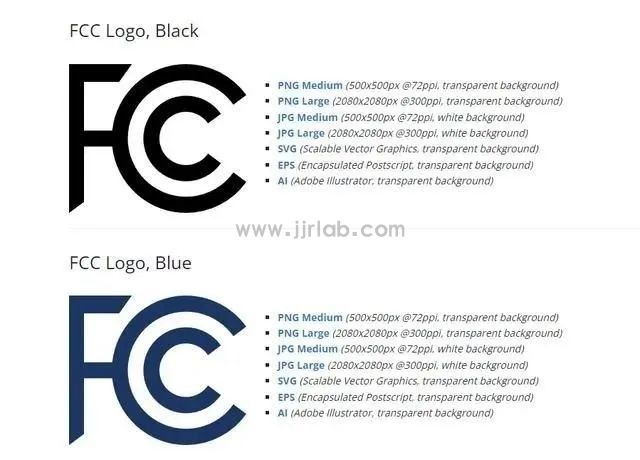 FCC Certification Resumes Issuance
FCC Certification Resumes Issuance
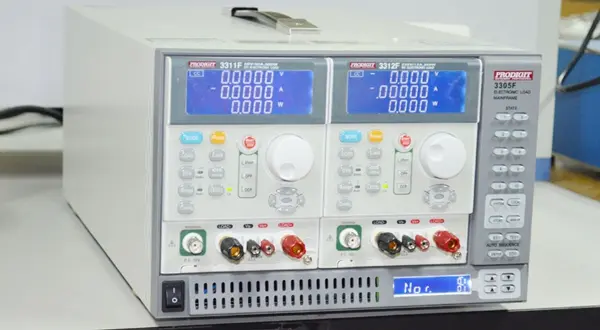 Electrical Toy Safety Certification EN 62115 EMC T
Electrical Toy Safety Certification EN 62115 EMC T
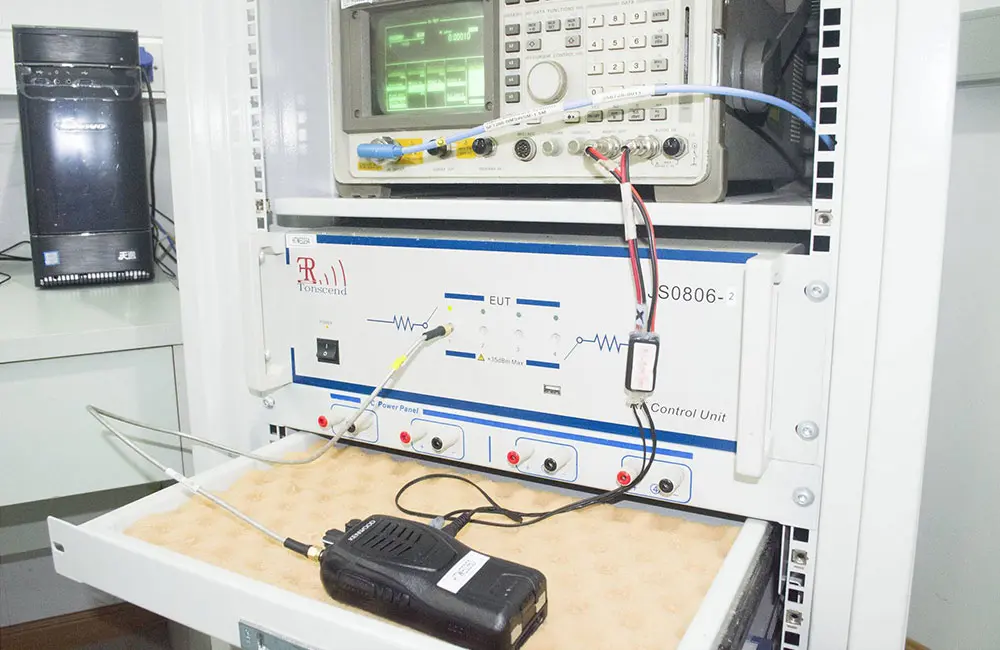 What is the UL 62368 Test Standard?
What is the UL 62368 Test Standard?
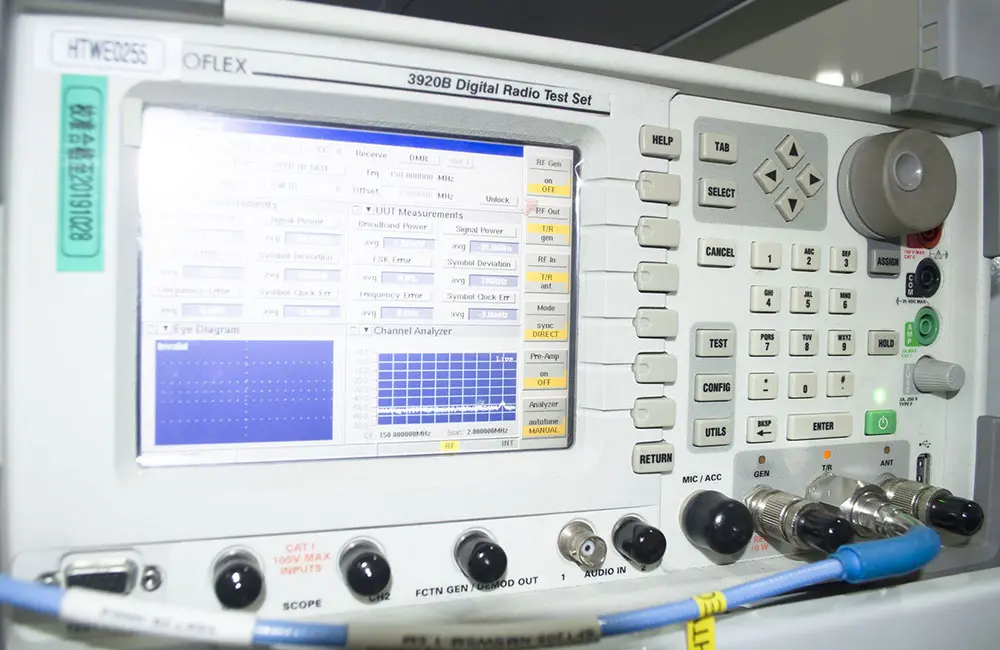 Is CISPR 32 the same as EN 55032?
Is CISPR 32 the same as EN 55032?
Leave us a message
24-hour online customer service at any time to respond, so that you worry!




